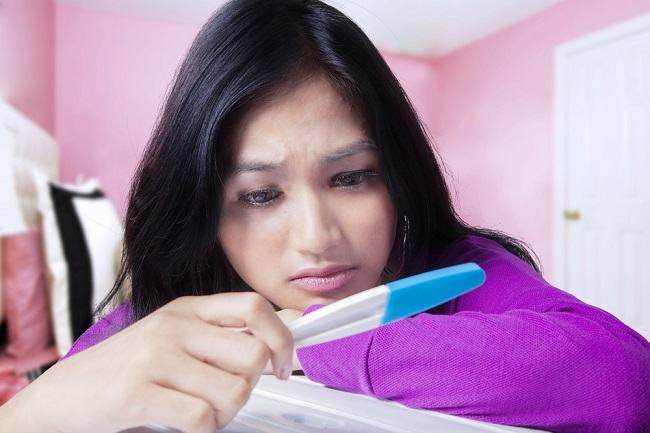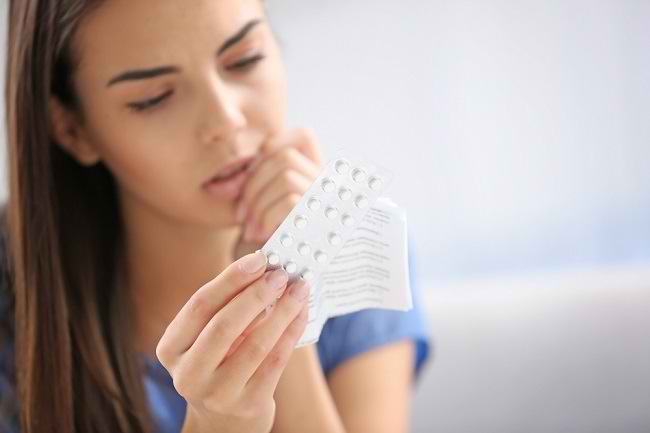Indapamide is a drug to lower blood pressure in hypertensive conditions. This drug is also used to treat edema in patients with heart failure. Please note that indapamide can not cure hypertension. Indapamide should be used according to a doctor's prescription.
Indapamide belongs to the class of thiazide diuretic drugs. This drug works by increasing the excretion of fluids and salts through the urine, so blood pressure and fluid buildup (edema) can be reduced.

indapamide trademark: Bioprexum Plus, Natexam, Natrilix SR
What is Indapamide
| group | Prescription drugs |
| Category | diuretic |
| Benefit | Lowering blood pressure in hypertension and reducing edema |
| Consumed by | Mature |
| Indapamide for pregnant and lactating women | Category B: Studies in animal experiments have not shown any risk to the fetus, but there are no controlled studies in pregnant women. It is not known whether Indapamide is absorbed in breast milk or not. If you are breastfeeding, do not use this medicine without consulting your doctor first. |
| Drug form | Tablet |
Precautions before taking Indapamide
Indapamide should not be taken carelessly. The following are things you need to pay attention to before using indapamide:
- Do not take indapamide if you are allergic to this medicine or to sulfa antibiotics.
- Tell your doctor if you have difficulty or are unable to urinate. Indapamide should not be used by anuric patients.
- Tell your doctor if you have or have had kidney disease, liver disease, diabetes, gout, lupus, or electrolyte imbalances, such as hypokalemia and hyponatremia.
- Tell your doctor if you are on a low-salt diet.
- Tell your doctor if you are pregnant, breastfeeding, or planning a pregnancy.
- Tell your doctor if you are taking certain medications, supplements, and herbal products.
- See your doctor right away if you have an allergic drug reaction, serious side effect, or overdose after taking indapamide.
Dosage and Instructions for Use Indapamide
Indapamide should be used according to a doctor's prescription. The following is the dosage of indapamide based on the condition you want to treat:
- Condition: Hypertension
1.25–2.5 mg 1 time daily
- Condition: Edema
2.5 mg once a day
How to Take Indapamide Correctly
Always follow the instructions given by the doctor and read the instructions for use on the drug packaging before taking indapamide.
Indapamide can be taken before or after meals. Swallow the indapamide tablet with the help of water. Because this drug can increase the frequency of urination, it is recommended to take this drug 4 hours before bedtime or in the morning.
Take indapamide at the same time every day. Keep taking indapamide even if you feel better. If you are taking medications to lower cholesterol, take them 4 hours before or after taking indapamide.
If you forget to take indapamide, take this medicine immediately if the gap between the next consumption schedule is not too close. If it is close, ignore it and do not double the dose.
Store indapamide at room temperature, in a dry place, and away from direct sunlight. Keep out of reach of children.
Interactions of Indapamide with Other Drugs
Using indapamide together with other drugs can cause interaction effects, including:
- Increases the risk of sunburn if used with aminolevulinic acid
- Increases risk of developing hypokalemia (low potassium levels) if used with corticosteroids, corticotropins, or amphotericin.
- Increases risk of electrolyte disturbances when used with digoxin
- Increased risk of arrhythmias if used with amiodarone, arsenic trioxide, cisapride, dolasetron, dofetilide, dronedarone, droperidol, pimozide, or levomethadyl acetate
- Increases the risk of lithium side effects
Side Effects and Dangers of Indapamide
The following are some of the side effects that may occur after using indapamide:
- Diarrhea
- Dizzy
- Headache
- Decreased appetite
- Sleep disturbance
- Stomach ache
Consult a doctor if these side effects do not improve or get worse. You should also see a doctor immediately if you have an allergic drug reaction or signs of dehydration and electrolyte imbalance, such as:
- dry mouth
- Unusual thirst
- Irregular heartbeat
- Mood swings
- Muscle cramps or pain
- Nausea or vomiting
- Unusual fatigue









